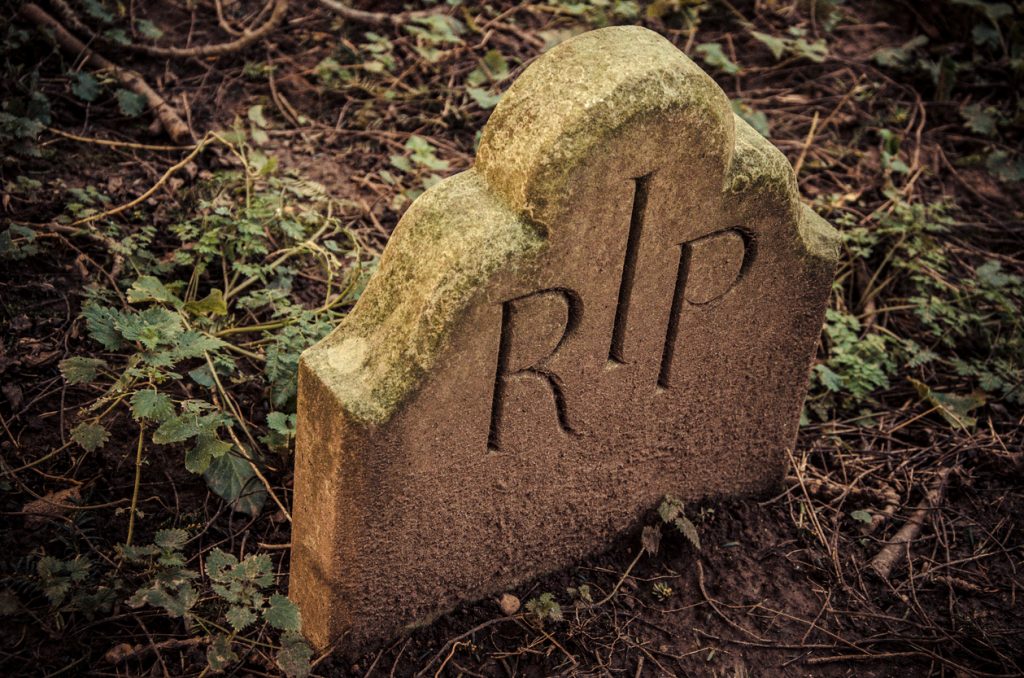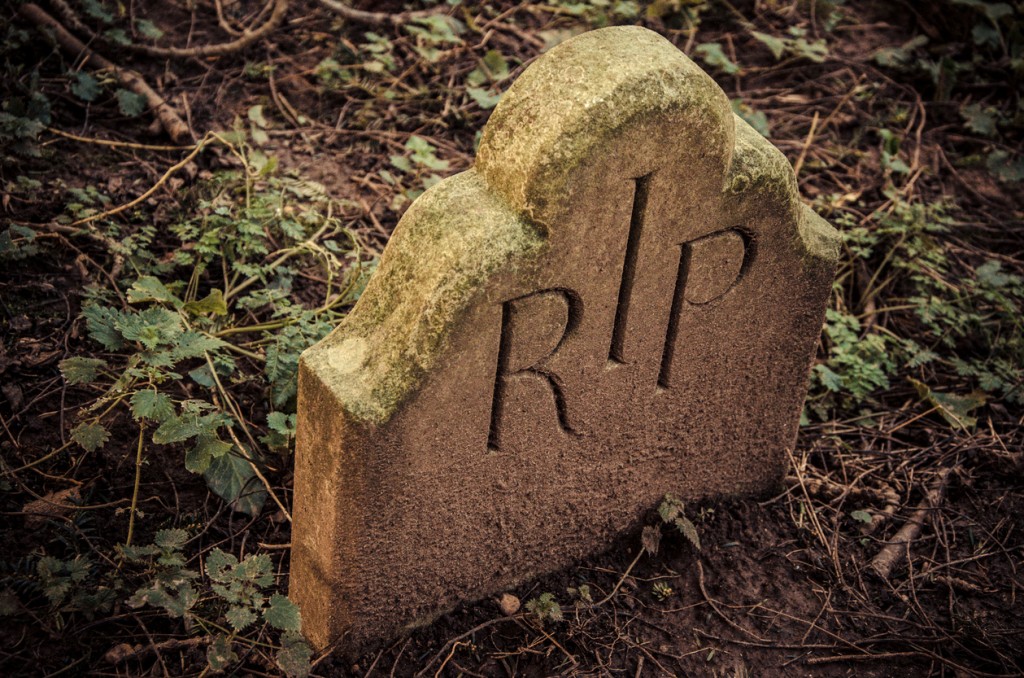It’s President’s Day, a day to remember the contributions of American presidents of the past…and to also remember the strange circumstances in which a few of them passed away.
George Washington (1799)
After riding around his estate in cold weather, the first ex-president contracted pneumonia. Eighteenth century doctors did what they could for Washington, which at the time meant bloodletting…with leeches. It’s likely what actually killed Washington was an infection of the larynx, causing him to suffocate, but having too much blood drained out of him severely weakened his body’s ability to fight off infection.
John Quincy Adams (1848)
After the end of his one-term presidency, Adams returned to Congress, winning a seat in the House of Representatives. After loudly and emphatically voting “no!” on a resolution to honor veterans of the Mexican-American War (a conflict Adams had opposed), he collapsed. Two days later, Adams had died of the sudden cerebral hemorrhage.
William Henry Harrison (1841)
He gave such a long inaugural address—in freezing temperatures with no overcoat—that he caught a cold, then pneumonia. Then he died—one month into his term.
Zachary Taylor (1850)
One of Taylor’s proudest moments as president turned out to be one of his last. The Washington Monument was dedicated on Independence Day, 1850, and President Taylor attended the summertime event dressed in a black suit buttoned all the way up to the neck. Unsurprisingly, he got overheated, and he tried to cool down by drinking a ton of ice cold milk and then a bunch of cherries. It’s unclear exactly how milk and cherries killed Taylor: it was either the bacteria present in pre-pasteurization-era dairy products, or gastroenteritis brought on by the acidic cherries.
Dwight Eisenhower (1969)
About a month before the general and president died, he had undergone surgery to remove an intestinal blockage, even though his doctors were worried the surgery would weaken the 79-year-old’s heart. But if the blockage remained, he’d die of toxins building up in his bloodstream. The doctors were right: He died of coronary thrombosis—a disease of the heart.









